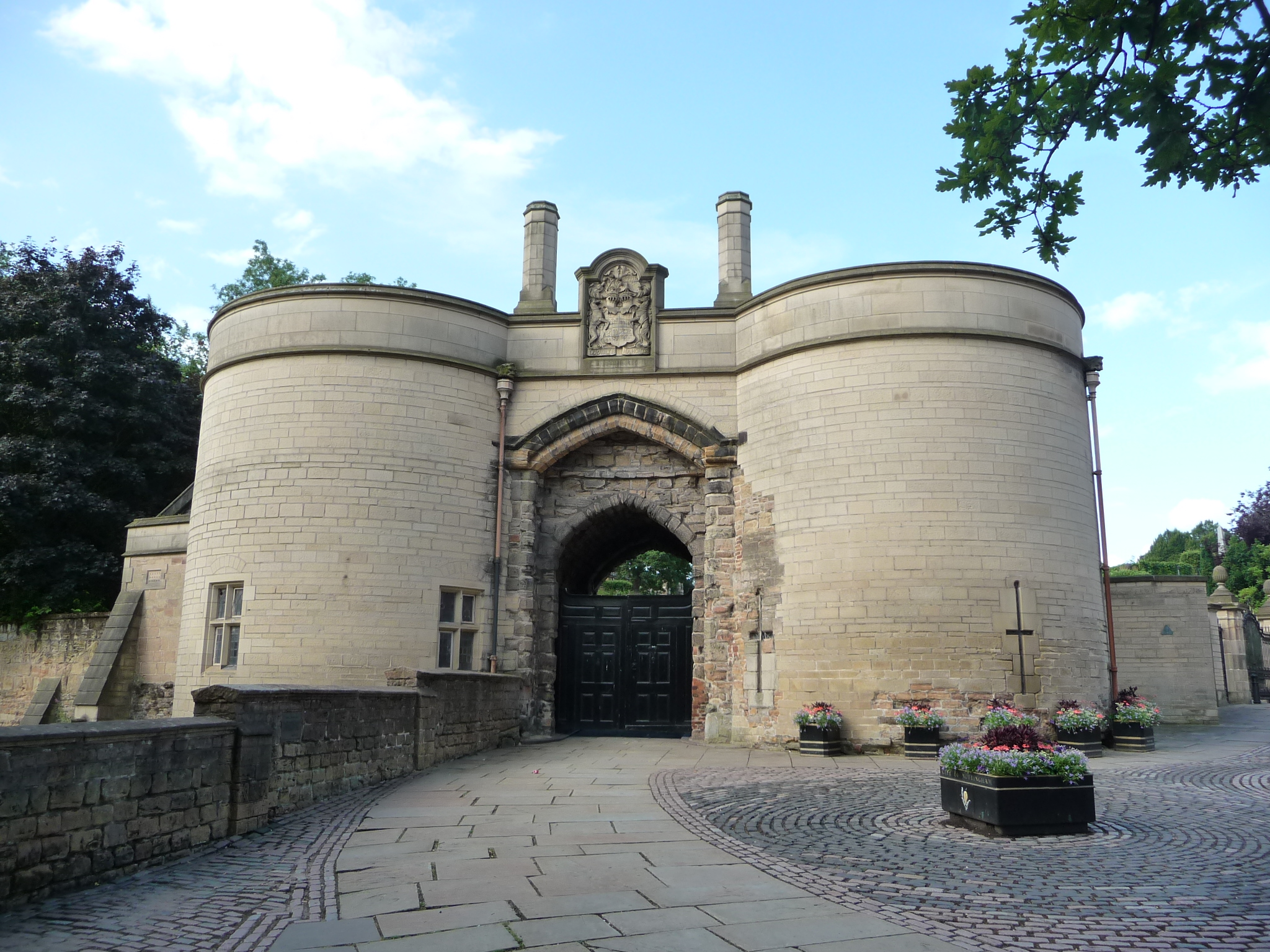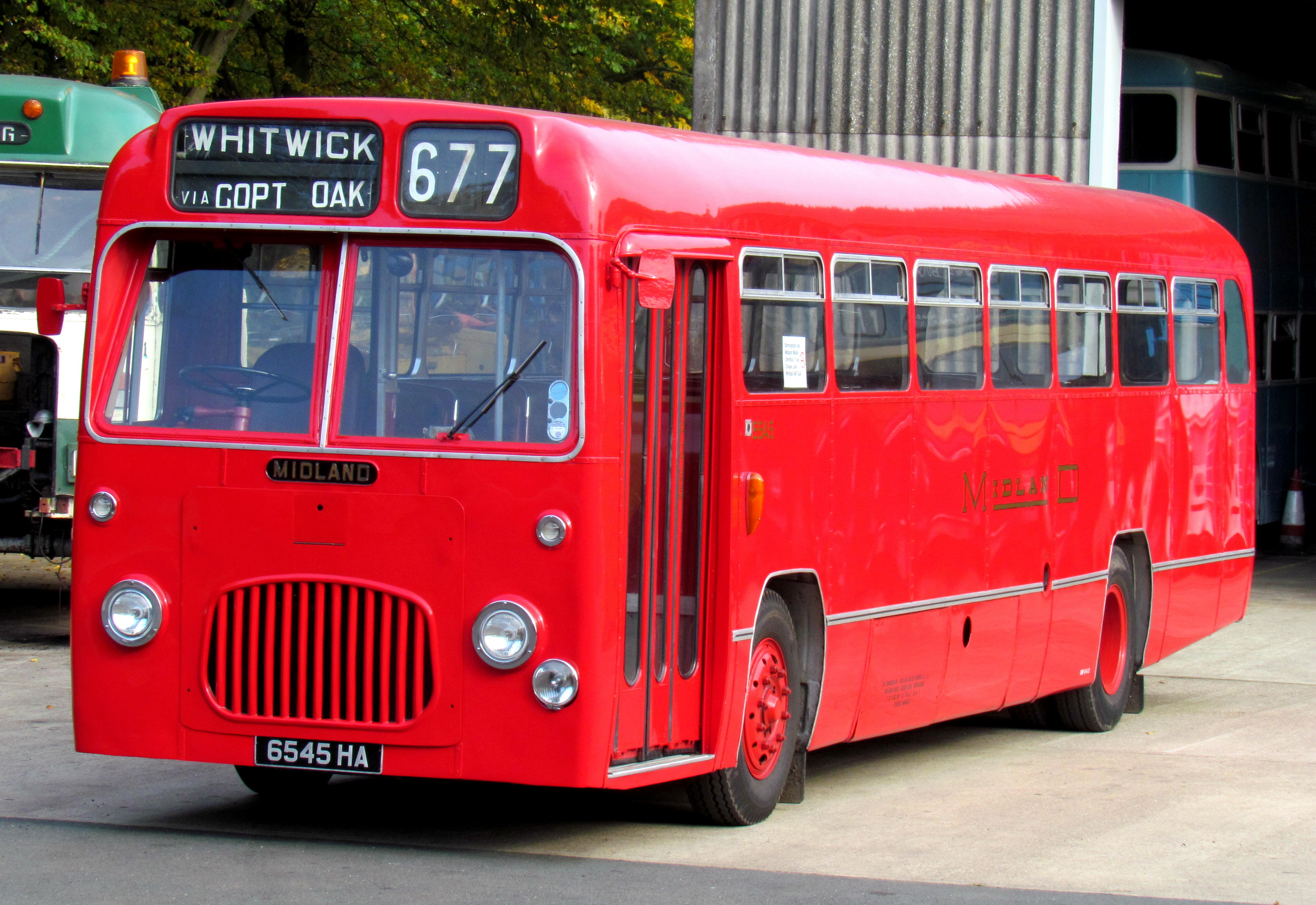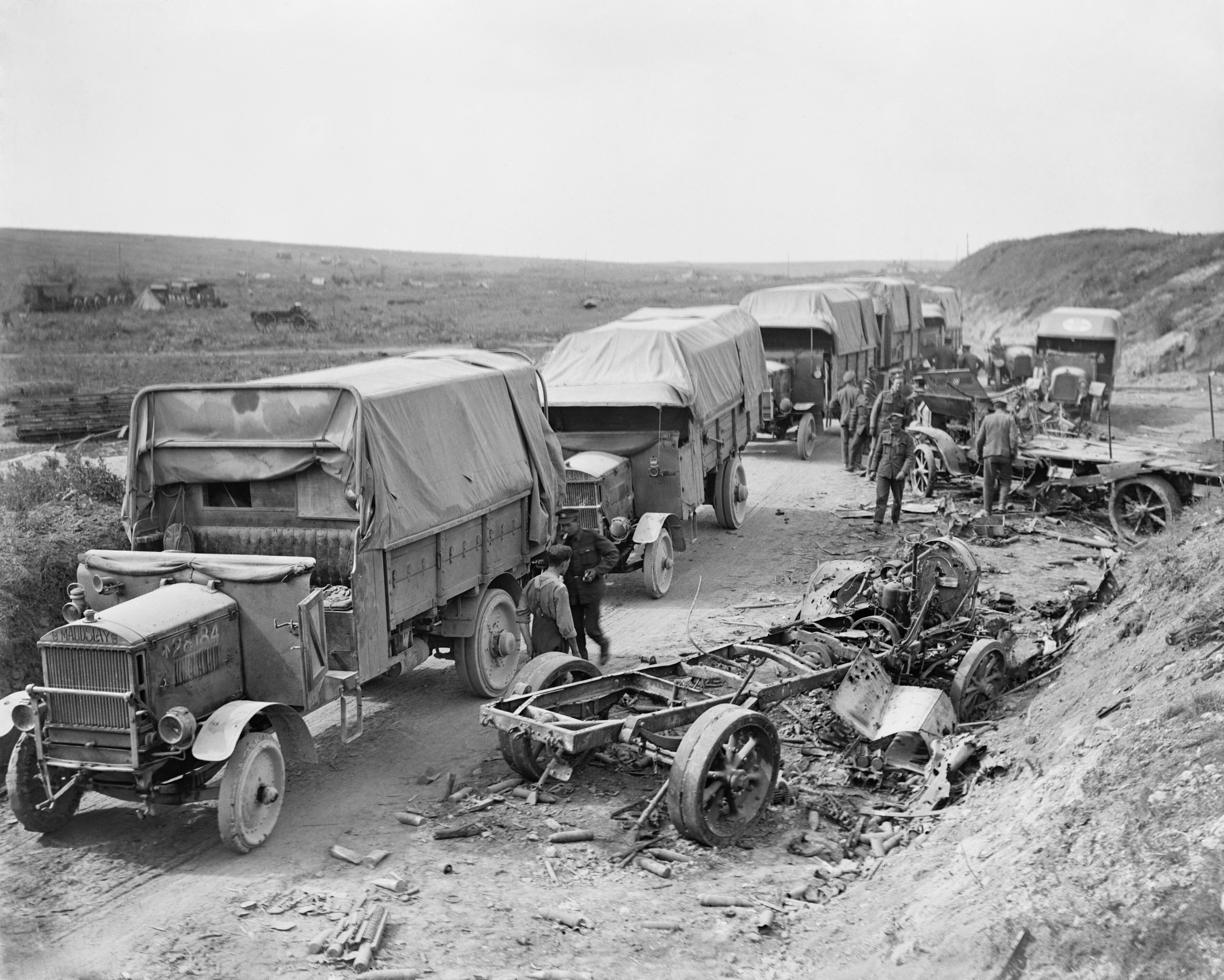|
Leyland Leopard
The Leyland Leopard was a mid-engine design, mid-engined single-decker bus and single-decker bus, single-decker coach (bus), coach chassis manufactured by Leyland Bus, Leyland between 1959 and 1982. History The Leyland Leopard was introduced in 1959. It was developed from the Leyland Tiger Cub, one of the most important changes being the introduction of the larger and more powerful O.600 engine (later-built Leopards were fitted with the 11.1-litre O.680 engine). The Leopard was superseded by the Leyland Tiger. Designation The original 30 ft bus version was coded L1, it was right hand drive with a 16 ft 2in wheelbase and an overall length of 29 ft 4in. The 30 ft coach (bus), coach was the L2 which had the same wheelbase but was an inch shorter overall, the left-hand-drive LHL1 shared the wheelbase but the overall length was 29 ft 2in. All had a swept turning circle of 68 ft. The initial 36 ft models launched at the 1961 Scottish Motor Show a ... [...More Info...] [...Related Items...] OR: [Wikipedia] [Google] [Baidu] |
Barton Transport
Barton TransportCompanies House extract company no 226122 Bartons Public Limited Company formerly Barton Transport plc was a bus company that operated in Nottinghamshire from 1908 until 1989. History 
Early years In October 1908, Thomas Henry Barton used a Durham Churchill charabanc to start the company's first service, between Long Eaton and the Nottingham Goose Fair. (Many years later, in 1953, Barton built a replica of its original Durham Churchill vehicle, using a Daimler chassis dating from 1911.) Barton had already had experience ...[...More Info...] [...Related Items...] OR: [Wikipedia] [Google] [Baidu] |
Leyland Royal Tiger Worldmaster
The Leyland Royal Tiger Worldmaster, sometimes simply known as the Leyland Worldmaster, was a Mid-engine design, mid-underfloor-engined single-decker bus or single-decker bus, single-decker coach (bus), coach chassis manufactured by Leyland Motors, Leyland between 1954 and 1979. Description Succeeding the Leyland Royal Tiger underfloor-engined heavyweight single-decker bus or single-decker bus, single-decker coach (bus), coach chassis which sold more than 6,000 from 1950 to 1956 was a difficult call, but Leyland answered it with the Royal Tiger Worldmaster, it retained a substantial steel ladder-frame chassis dropped in the wheelbase and overhangs and arched over the axles to which operators could fit a body of their choice. A Leyland Bus, Leyland O680H horizontal engine (the smaller-volume 0.600H was optional but rarely chosen) was mounted at the middle of the chassis frame, driving back through a pneumocyclic semi-automatic gearbox to an overhead-worm rear axle, steering was ... [...More Info...] [...Related Items...] OR: [Wikipedia] [Google] [Baidu] |
Plaxton Panorama Elite
The Plaxton Panorama Elite was a successful design of coach bodywork built between 1968 and 1975 by Plaxton of Scarborough, Yorkshire, England. A wide-doorway variant called the Plaxton Elite Express was also built. Collectively, they are commonly referred to as the Plaxton Elite. It was preceded by the Plaxton Panorama I, and replaced by the Plaxton Supreme. Around 6,000 Elites were built. Chassis The Elite was built on a number of different chassis, including: *Leyland Leopard and Panther *Daimler Roadliner * AEC Reliance * Bedford Y series, VAL and VAM * Volvo B58 * Bristol RE and LH * Ford R-Series *Seddon Pennine IV and VI *Mercedes-Benz O302 Design features The Panorama Elite has continuously bowed sides, front and rear ends. It has large, bowed, round-cornered side windows mounted in rubber (the Panorama series had flat side windows mounted in metal frames with square corners) and double-curvature windscreens which are the same at front and rear of the coach. Ther ... [...More Info...] [...Related Items...] OR: [Wikipedia] [Google] [Baidu] |
Nottingham
Nottingham ( , East Midlands English, locally ) is a City status in the United Kingdom, city and Unitary authorities of England, unitary authority area in Nottinghamshire, East Midlands, England. It is located south-east of Sheffield and north-east of Birmingham. Nottingham is the legendary home of Robin Hood and to the lace-making, bicycle and Smoking in the United Kingdom, tobacco industries. The city is also the county town of Nottinghamshire and the settlement was granted its city charter in 1897, as part of Queen Victoria's Diamond Jubilee celebrations. In the 2021 United Kingdom census, 2021 Census, Nottingham had a reported population of 323,632. The wider conurbation, which includes many of the city's suburbs, has a population of 768,638. It is the largest urban area in the East Midlands and the second-largest in the Midlands. Its Functional Urban Area, the largest in the East Midlands, has a population of 919,484. The population of the Nottingham/Derby metropolitan a ... [...More Info...] [...Related Items...] OR: [Wikipedia] [Google] [Baidu] |
Willowbrook (vehicle Body Builders)
Willowbrook was an English bus bodybuilder. Founded in 1927, it acquired the business of Stokes & Holt, Leicester. In 1952 it acquired a patent from Brush Traction to build metal-framed bodies. Sold to Duple Coachbuilders in September 1958, and then in a management buyout A management buyout (MBO) is a form of acquisition in which a company's existing managers acquire a large part, or all, of the company, whether from a parent company or individual. Management- and/or leveraged buyouts became noted phenomena of 19 ... in 1971, it ceased in 1983. References External links {{Automotive industry in the United Kingdom, state=collapsed Companies based in Loughborough Defunct bus manufacturers of the United Kingdom Vehicle manufacturing companies established in 1927 Vehicle manufacturing companies disestablished in 1983 1927 establishments in England 1983 disestablishments in England ... [...More Info...] [...Related Items...] OR: [Wikipedia] [Google] [Baidu] |
British Electric Traction
British Electric Traction Company Limited, renamed BET plc in 1985, was a large British industrial conglomerate. It was once a constituent of the FTSE 100 Index but was acquired by Rentokil in 1996, and the merged company is now known as Rentokil Initial. History Early history Tramway services The company was founded in 1895 as British Electric Traction Company Ltd., with Sir Charles Rivers Wilson as chairman and Emile Garcke as managing director. It was involved in the electrification of tramways in British towns and cities, and also in Australia and New Zealand, for example in Auckland. From operating trams, BET moved on to manufacturing them with the purchase of Brush Electrical Engineering Company in 1901. The BET became the largest of the private owners of tramways in the British Isles. During its history, it gained control in England of the Metropolitan Electric and South Metropolitan systems in London, as well as systems in Barnsley, Barrow-in-Furness, Birmin ... [...More Info...] [...Related Items...] OR: [Wikipedia] [Google] [Baidu] |
Midland Red
Midland Red was a bus company that operated in the Midlands of England from 1905 until 1981. It was one of the largest English bus companies, operating over a large area between Gloucester in the south and Derbyshire in the north, and from Northampton to the Welsh border. The company also manufactured buses. History Origins In 1899 the British Electric Traction (BET) company acquired the assets of the Birmingham General Omnibus Company, which had been formed three years earlier to acquire a number of horse bus operations in Birmingham. When BET ordered new buses for Birmingham the next year, they were painted red to make them stand out. In 1902 BET acquired the City of Birmingham Tramways Company, which operated horse buses as well as trams.Birmingham and M ... [...More Info...] [...Related Items...] OR: [Wikipedia] [Google] [Baidu] |
National Bus Company (UK)
The National Bus Company (NBC) was a nationalisation, nationalised bus company that operated in England and Wales between 1969 and 1988. NBC did not run buses itself, but was the owner of a number of regional subsidiary bus operating companies. History Background Following the Labour Party (UK), Labour Party victory at the 1966 United Kingdom general election, 1966 General Election, Barbara Castle was appointed Secretary of State for Transport, Minister for Transport. Castle immediately ordered a review of public transport, with a view to formulating a new transport policy. Among the issues to be tackled were the ownership and operation of bus services, which were rapidly losing patronage and profitability due to increased prevalence of private motor cars. The state owned a considerable proportion of scheduled bus operators outside the major cities, having obtained the Tilling Group companies in 1948 as a consequence of nationalising the railways, all of which had substanti ... [...More Info...] [...Related Items...] OR: [Wikipedia] [Google] [Baidu] |
Crashworthiness
Crashworthiness is the ability of a structure to protect its occupants during an impact. This is commonly tested when investigating the safety of aircraft and vehicles. Different criteria are used to figure out how safe a structure is in a crash, depending on the type of impact and the vehicle involved. Crashworthiness may be assessed either prospectively, using computer models (e.g., RADIOSS, LS-DYNA, PAM-CRASH, MSC Dytran, MADYMO) or experiments, or retrospectively, by analyzing crash outcomes. Several criteria are used to assess crashworthiness prospectively, including the deformation patterns of the vehicle structure, the acceleration experienced by the vehicle during an impact, and the probability of injury predicted by human body models. Injury probability is defined using criteria, which are mechanical parameters (e.g., force, acceleration, or deformation) that correlate with injury risk. A common injury criterion is the head impact criterion (HIC). Crashworthiness is ... [...More Info...] [...Related Items...] OR: [Wikipedia] [Google] [Baidu] |
Scottish Bus Group
The Scottish Bus Group (SBG) was a state-owned group of bus operators covering the whole of mainland Scotland. The origin of the grouping was the operators owned by and including the Scottish Motor Traction company, which were transferred to Scottish Omnibuses after nationalisation in 1948 under control of the British Transport Commission. Highland Omnibuses was added to the group in 1952. A new holding company, Scottish Omnibuses Group (Holdings) was formed in 1961, and this was renamed Scottish Bus Group in 1963. Meanwhile, the group had come under control of the Transport Holding Company in 1962 when the British Transport Commission was wound up. It went on to become part of the Scottish Transport Group on 1 January 1969 along with David MacBrayne. At the time it operated 4,700 buses. Member companies *Central S.M.T. Company Ltd.(branded as Central Scottish from 1978) *Highland Omnibuses Ltd. --- Highland Scottish Omnibuses Limited formerly Highland Omnibuses Limite ... [...More Info...] [...Related Items...] OR: [Wikipedia] [Google] [Baidu] |
Leyland Panther
The Leyland Panther was a rear-engined single-decker bus chassis manufactured by Leyland between the years 1964 and 1972. A version with a smaller engine was released as the Leyland Panther Cub. History The Leyland Panther was introduced in 1964. In total, over 600 Panthers were built for operators in the United Kingdom, while about 700 Panther chassis were built for export. Operators United Kingdom Sunderland Corporation Transport ordered 30 Panthers in 1965 with Strachans bodies, all of which were delivered by December 1966; by 1971 the fleet was 90 strong. Liverpool City Transport ordered a total of 110 Panthers with Metro Cammell Weymann bodywork while Southport Corporation Transport ordered 22 with Marshall Bus bodywork. Preston Corporation amassed a fleet of 41 Panthers, including a number with Seddon Pennine bodies and the last six Panthers built. Hull Corporation Transport were an early adopter of the Leyland Panther with Charles H. Roe bodywork, with o ... [...More Info...] [...Related Items...] OR: [Wikipedia] [Google] [Baidu] |
Maudslay Motor Company
The Maudslay Motor Company was a British vehicle maker based in Coventry. It was founded in 1901 and continued until 1948 when it was taken over by the Associated Equipment Company (AEC) and along with Crossley Motors the new group was renamed Associated Commercial Vehicles (ACV) Ltd. Early history The Maudslay Motor Company was founded in 1901 by Walter Henry Maudslay, grandson of the eminent engineer Henry Maudslay to make marine internal combustion engines at a factory in Parkside, Coventry. He was joined by his son Cyril Charles Maudslay and his nephew Reginald Walter Maudslay, who left in 1903 to found the Standard Motor Company. The marine engines did not sell very well, and in 1902 they made their first engine intended for a car which was fitted to chain-drive chassis. The three-cylinder engine, designed by Alexander Craig, was an advanced unit with a single overhead camshaft and pressure lubrication. Also In 1902, Maudslay Motors made a petrol railway locomotiv ... [...More Info...] [...Related Items...] OR: [Wikipedia] [Google] [Baidu] |







